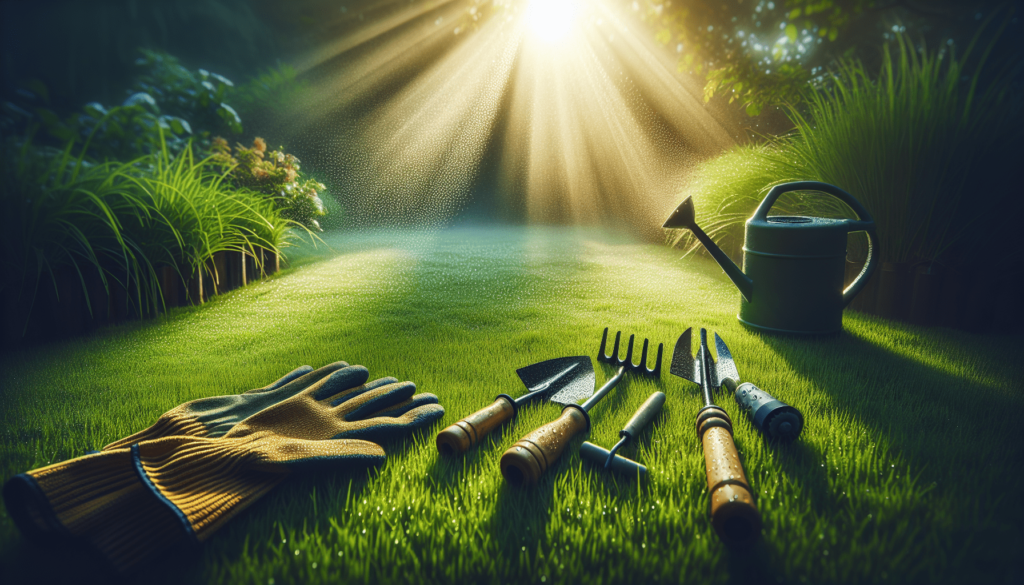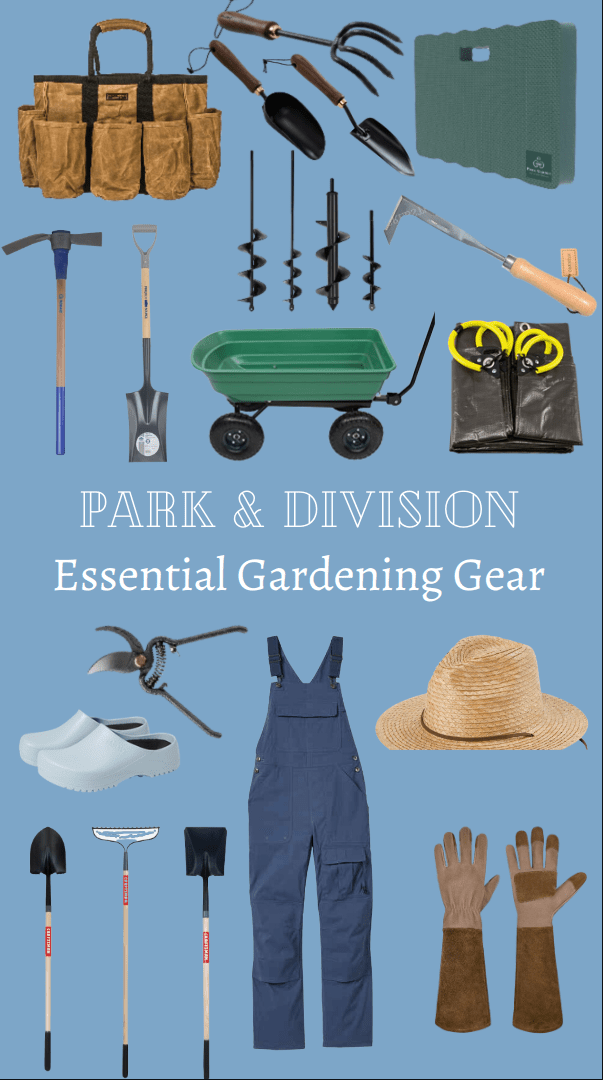As you embark on the journey of lawn care, it’s imperative to recognize the multifaceted approach required to cultivate a thriving and visually appealing landscape. Whether you’re a novice grappling with your first lawn or seeking to refine your green thumb skills, understanding the essentials of lawn maintenance—spanning mowing, fertilizing, weed control, and judicious watering—is just the beginning. Tailor your efforts to fit the specific seasonal needs of your locale, explore organic options for a more eco-conscious approach, and avoid common missteps that can undermine lawn health. Moreover, integrating effective landscaping—from selecting the right plant varieties to engaging in DIY projects—can significantly enhance your property’s aesthetic and market value while contributing to environmental sustainability. This comprehensive exploration will guide you through creating a lush, sustainable outdoor sanctuary that thrives in harmony with the local ecosystem and your lifestyle.
Understanding Your Lawn
A well-maintained lawn enhances the beauty and value of your home and contributes positively to the environment. Understanding the basic components of your lawn is the first step in achieving a healthy and vibrant outdoor space.
Identifying Your Grass Type
The foundation of effective lawn care lies in knowing the type of grass you have, as different grass types have varied needs in terms of sunlight, water, and maintenance. Common grass types include Bermuda, Zoysia, and Fescue, each with its own set of characteristics. For instance, Bermuda grass thrives in hot weather, whereas Fescue prefers cooler climates.
Soil Type and Its Importance
The type of soil in your yard significantly influences lawn health. Soil types range from sandy to clay, with each holding water and nutrients differently. Understanding your soil type will guide you in selecting the right grass type and inform your watering and fertilization practices.
Sunlight and Shade: Assessing Your Yard’s Exposure
Sunlight and shade levels are crucial factors in lawn health. Assess your yard’s exposure to sunlight throughout the day; different grass types have varying light requirements. Shade-tolerant grasses are ideal for areas with limited sunlight, ensuring even such areas can support healthy growth.
Basic Lawn Care Practices
Regular maintenance is crucial for a healthy lawn. The following are foundational practices to keep your lawn looking its best.
Mowing: Techniques and Best Practices
Mowing is not just about cutting grass; it’s about doing so in a way that promotes healthy growth. Always mow with sharp blades to prevent tearing, which can lead to disease. Also, follow the one-third rule, never removing more than one-third of the grass blade length at a time.
Watering: How Much and How Often
Overwatering or underwatering can lead to unhealthy lawn conditions. Generally, lawns need about 1 to 1.5 inches of water per week, either from rainfall or irrigation. Early morning is the best time to water, reducing evaporation and fungal growth.
Aeration: What It Is and How to Do It
Aeration involves perforating the soil with small holes to allow air, water, and nutrients to penetrate the grass roots. This helps the roots grow deeply and produces a stronger, more vigorous lawn. Aeration is best performed during your lawn’s peak growing period.

This image is property of images.unsplash.com.
Fertilizing Your Lawn
Nutrition is vital for lawn health. Fertilizing provides essential nutrients that your lawn needs to grow dense and lush.
Choosing the Right Fertilizer
Select a fertilizer that matches your lawn’s specific needs, considering the N-P-K (Nitrogen-Phosphorus-Potassium) ratios. Soil tests can guide you in choosing the right formulation.
Organic vs. Chemical Fertilizers
Organic fertilizers improve soil health over time and are environmentally friendly but may act more slowly. Chemical fertilizers offer quick results but can have negative environmental impacts if used improperly.
Fertilizing Schedule for Optimal Growth
Timing is everything. Generally, fertilizing in early spring, late spring/early summer, and fall aligns with most grass types’ natural growth cycles, ensuring nutrients are available when your lawn needs them most.
Weed Control
Weeds not only detract from your lawn’s appearance but also compete with grass for nutrients and water.
Common Lawn Weeds and How to Identify Them
Identifying common weeds such as dandelions, crabgrass, and clover is the first step in control. Each has unique characteristics, making them identifiable to the trained eye.
Preventative Measures and Weed Removal Techniques
Preventative measures include maintaining a healthy lawn to outcompete weeds and using pre-emergent herbicides. Post-emergence, manual removal or selective herbicides can be effective, depending on the weed type.
Organic Weed Control Methods
Organic methods, such as corn gluten meal as a pre-emergent or vinegar-based herbicides, provide eco-friendly options for weed management.

This image is property of images.unsplash.com.
Seasonal Lawn Care
Season-specific care is vital for maintaining a healthy, vibrant lawn year-round.
Spring Lawn Care Checklist
Spring care includes cleaning up debris, aerating the soil, overseeding bare spots, and starting a regular mowing schedule. It’s also the time to apply pre-emergent weed control.
Maintaining Your Lawn in Summer
Summer care focuses on watering practices, mowing at the correct height, and applying fertilizers designed for summer use. Monitoring for pests and diseases is also crucial.
Preparing Your Lawn for Winter
Fall care involves aeration, overseeding, and applying a fall fertilizer to strengthen roots for the winter. Raking leaves and winterizing your irrigation system are also important steps.
Pest and Disease Management
A healthy lawn can fend off pests and diseases more effectively than a neglected one.
Identifying Common Lawn Pests and Diseases
Common pests include grubs and chinch bugs, while diseases range from brown patch to rust. Early identification is key to management.
Integrated Pest Management (IPM) for Lawns
IPM is an environmentally friendly approach that combines cultural, biological, and chemical tools in a way that minimizes economic, health, and environmental risks.
Natural Remedies for Lawn Health Issues
Natural remedies, such as neem oil for pests or baking soda for fungal diseases, offer eco-friendly alternatives to chemical treatments.
This image is property of images.unsplash.com.
Landscaping and Lawn Aesthetics
Enhancing your lawn’s beauty often involves landscaping projects that incorporate both aesthetic and functional elements.
Incorporating Native Plants into Your Landscape
Native plants enhance biodiversity and require less maintenance, as they’re adapted to your local climate and soil conditions.
Designing a Pollinator-Friendly Garden
Select plants that attract bees, butterflies, and other pollinators. These gardens not only enhance your yard’s beauty but also support local ecosystems.
DIY Landscaping Projects to Enhance Your Lawn
Projects like building a rain garden, creating a natural stone path, or setting up a bird feeder station enhance your lawn’s appeal and functionality.
Irrigation and Water Management
Efficient water use is crucial in maintaining a sustainable lawn.
Choosing the Right Irrigation System
From sprinklers to drip irrigation, the right system depends on your lawn’s size, shape, and specific needs.
Water-Saving Tips and Techniques
Mulching, watering at optimal times, and using soil moisture sensors can significantly reduce water use.
Setting an Efficient Watering Schedule
An efficient schedule considers the weather, soil type, and grass species, optimizing water use while ensuring your lawn receives enough moisture.

Lawn Equipment and Tools
Proper equipment is essential for effective lawn care.
Essential Tools for Every Homeowner
A quality lawn mower, garden hose or irrigation system, aerator, and spreader for seeds and fertilizers are essentials for lawn maintenance.
Maintaining Your Lawn Equipment
Regular cleaning, sharpening blades, and proper winter storage extend the life of your equipment, ensuring it’s ready when you need it.
Investing in Quality Tools for Long-Term Use
High-quality tools may represent a higher initial investment but typically offer better performance and longer durability, saving money in the long run.
Common Lawn Care Mistakes
Avoiding common mistakes can save you time, money, and frustration while ensuring your lawn remains healthy and attractive.
Overwatering and Underwatering
Both extremes can harm your lawn. Learn your lawn’s specific needs and watch the weather to guide your watering practices.
Cutting Grass Too Short
Mowing your lawn too short (“scalping”) can stress the grass, making it more susceptible to disease and weed invasion.
Ignoring Soil Health
Healthy soil is the foundation of a healthy lawn. Regular soil testing, appropriate amendments, and organic matter additions improve soil health and support vibrant grass growth.
Proper lawn care is a blend of science, art, and routine maintenance. With patience and consistency, you can cultivate a lawn that enhances your home’s curb appeal, serves as a lush outdoor space for activities, and contributes positively to the environment.




